Photographers and the law – What can you do when they tell you “No cameras!!!”
We hear this stuff all too often
It happens every day. It happens every place in the country. It happens to everyone who points a camera at something worth photographing. It probably happened to you. I know that it has happened to me.
“You cannot take pictures here.”
“It's illegal to make photographs of that building.”
“It's against the law to photograph children who are not your own.”
“You need a permit to use your camera here.”
"Hand over your camera or that roll of film.”
“Erase the picture images from the camera's memory chip.”
What do you do when someone tells you something like those things listed above? Do you stop making photos? Do you apply for a picture-taking permit? Do you give up your camera or erase the contents of the camera's flash card? Do you think, “adults only?” What do you do?
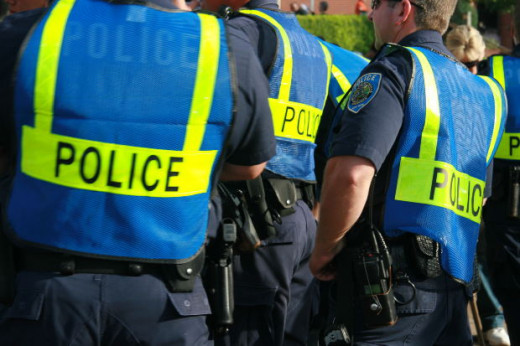
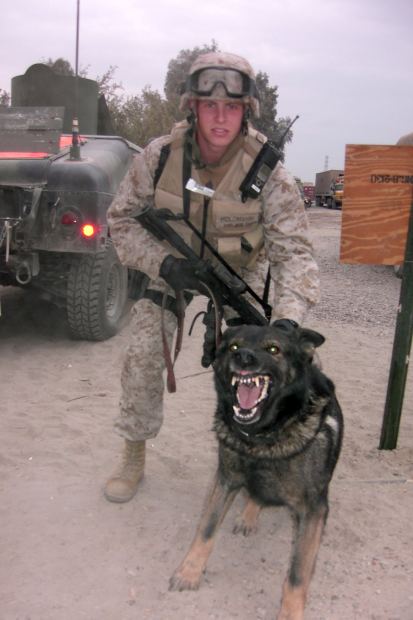
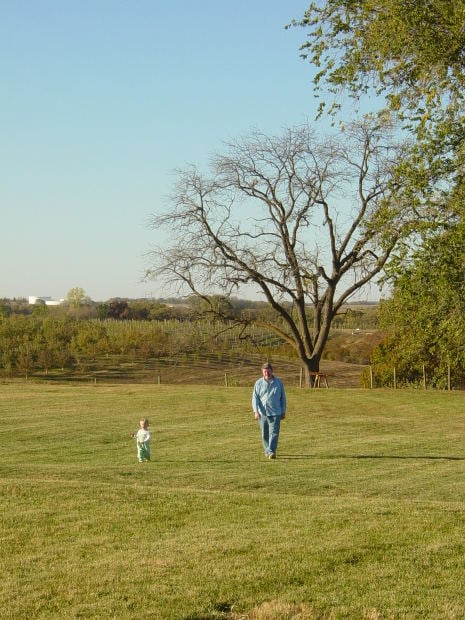
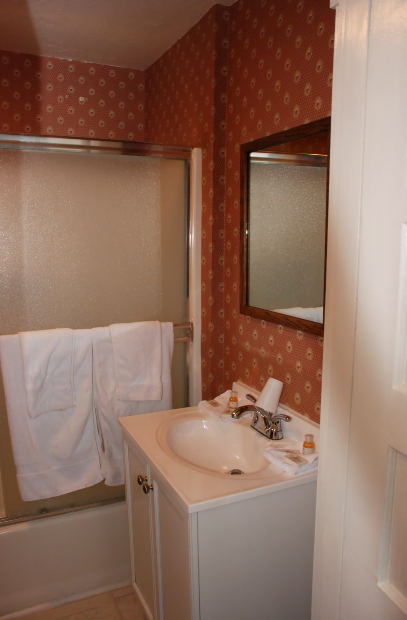


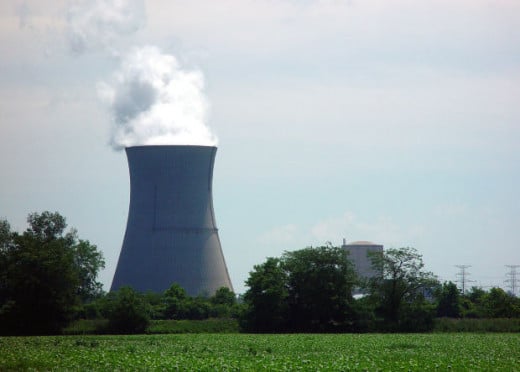
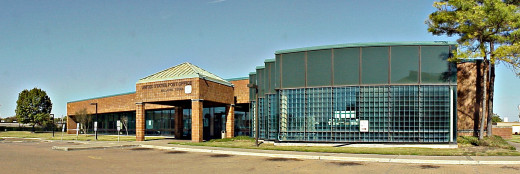
It depends
Telling things like they really are, the truth is that what you do “depends.” That is, your reactions to being commanded to stop your photography or to hand over your belongings or to limit your imaging subjects by not including children are all judgment calls on your part. The chances are very high that there is no federal, state, or local law that, under most circumstances, says “no photography here.” There is no law that I know of that allows someone to demand that you hand over your camera, hand over your film roll or flash memory card, or erase any images you have already recorded unless they are a law enforcement officer who has placed you under arrest or is acting under the authority of a valid court order.
I am not an attorney. I am not in law enforcement. I am not a professional photographer. I am, like most of you, just a private individual who likes to make photographs and to show them around. At the same time, however, I have been told (on many occasions) that I am not allowed to make photographs here, of that, now, in this place, of me, of these people, and so forth.
It happened to me some time ago
The first time it happened to me was back a few years when I was driving back to the military base on which I was then stationed. About midway of that drive I spotted a car partly sticking out of the roadside ditch. I recognized it as a car belonging to one of my friends. I stopped on the roadside and went over to the wrecked car, thinking to help my buddy if he were injured. The car was empty. A short distance up a driveway nearby, there was a state highway patrol car. I thought it somewhat strange that there were no flashing lights blinking away, but I went up to the patrol car to inquire about the accident. Inside the patrol car were my friend and a highway patrolman. Without a “Hello – what's going on here?” I pointed my camera at the pair and snapped a flashlight photograph.
It turns out that I should have used better judgment than to shoot first and ask later. The patrolman told me to hand over my camera. That camera, being the only one I owned, was not going to be handed over to anyone, not even an angry policeman. I meekly suggested that he take my roll of film instead of my camera. He agreed. I suggested to him that he be very careful of that roll of film and not open it up to the light, for I intended to retrieve the film from his supervisor “in the morning.”
The next day I telephoned the state police office and explained what had happened. While I was at it, it seemed likely to be productive to also inquire about the health and welfare of the patrolman. That done, the state police office promised to return my roll of film as soon as they could – unopened. And that is the way it happened. I was at work one morning when the Air Police commander telephoned and told me to come to his office where the regional boss of the state police was waiting to give me my roll of film – and “What, sergeant, is on that roll of film of such importance that the state police boss is here in person to give it to you?”
You learn when bitten
What are the lessons to be learned from that experience?
First, it is acceptable to make photographs of accident scenes as long as you do so without interfering with the situation or getting in the way of investigators or emergency personnel. Second, it is wise to ask permission of people singled out to be photographed before taking their pictures, particularly so when those people may not particularly want to be memorialized in photos.
Since that time, my rule has been to ask first and shoot later. To my knowledge, there is no law that says I must follow that sequence, but my head tells me that it would be smart to do things in that order.
Again – and just last week
Bringing history up from past times to the present, my most recent experience with “You cannot make photographs here...” came about just a week ago. I was about ready to snap some photographs of the buildings comprising a recently renovated shopping mall when I was approached by a security guard and his companion, a uniformed law enforcement officer. I was in the front part of the shopping mall's parking lot, a good spot from which to make photographs of all of the mall buildings. From those individual photos I was going to construct a wide screen panorama of the entire complex, and, being close in would provide each of the photos with a great deal of detail.
The security guard asked me what I was doing. I explained to him that I was getting ready to make some photographs of the mall buildings. He then asked me why I was planning on doing that. My explanation was simply that the photography was, more or less, for the practice of it. He asked me for whom was I working. I told him that I was not working for anyone or any company, but that I was making photos for myself. It was then that he told me that I could not photograph anything on the shopping mall unless I had authorization to do so from the mall's management.
After a little more conversation, I used his cell phone and began conversing with the management office about my desire to make photos of the mall and their seeming requirement that I get their permission to do so. Our conversation was interrupted when the security guard and his uniformed constable companion were called away to quell some sort of disturbance inside the mall buildings. Without permission to do my photography while within the mall grounds, I told the guard that I would leave the parking lot and do my photography from the city sidewalk about a quarter of a mile away from the mall. That's what I did.
Why did I “retreat” with no argument?
Think about it for a moment. If you are inside the yard of my house and I tell you that I do not want you to make closeup photos of my rose bushes, do I not have the right to refuse you permission to do so? Of course I do. I had no difficulty understanding that the shopping mall owners were within their rights to tell me not to make photos of their mall from within its bounds.
Had I refused to cease my photography, the security guard could have asked his law enforcement companion to arrest me for trespassing – simple as that. When I relocated to the city sidewalk outside of mall property, I could make as many photographs as I wanted to make.
Further, had the guard followed me to the sidewalk and, there, harassed me about my making of photographs of the shopping mall, I could have called the police and asked them to take charge of the fellow. He (and his mall manager bosses) had no authority they could exert outside of their own property - other than as private citizens, of course. As I expected, no one came out from the shopping mall to bother me as I snapped all of the photographs of the mall that I wanted to make.
Because I want to return to the shopping mall and make some more photos while closer to the buildings, I have contacted the management office to request their permission to do so. With my request went a copy of the panoramic photograph already completed, with the explanation that I desired to produce more detailed photographs “the next time.” I did not offer to provide them with any copies, but I did tell them that it was my intent to have the photos published in various places on the Internet. Fair enough, right?
What I now believe to be the way the photography laws really are
My understanding of whatever may be the formal laws, rules, and regulations related to when, where, and how a person can make photographs is that of a non-attorney. I have studied what others say about these things. Some of those information sources were attorneys and the like. Most of the information I found essentially told me the following:
1.There are very few national, state, or local laws that forbid making photographs of anything that exists in or on public property.
2. City streets, sidewalks, parks, beaches, and government buildings, monuments,and the like are examples of public properties.
3. Retail establishments, or any place that invites the public to enter, are considered to be “public places.”
4. Owners and managers of privately owned land and buildings generally have the right to dictate how visitors to their properties must comport themselves and as to what the rules are for behavior (and photography) while on or within the premises.
5. Military establishments almost always have complete control of photography within their boundaries and, sometimes, in the vicinity as well.
6. Some places restrict photography, whether or not they are public places. Some examples are power plants, vital transportation facilities, naval vessels, hospitals, churches, courthouses, and courtrooms.
7. “Sidewalk photography” can include anything visible to the photographer, but singling out one or a few individuals without their permission is probably legal but unwise. In addition, production of photographs of scenes of privacy-deserving subjects is against the rules. For example, using a telephoto lens to make photos of the inside of someone's private bedroom, or of some lady picking her nose after parking her car are photos you should not be making without permission, preferably written permission, from the subjects.
8. Children may be photographed just as adults may be photographed, whether or not they are your own children. However, if possible, it is a very good idea to first get permission from the parents or those in charge of the children. Think about it and you will see why this is so.
9. Photos of people who are in private situations or in areas where privacy is to be expected, such as showers, bathrooms, and so forth, are not to be produced.
10. The photographer should use good judgment when aiming the camera and mashing down on the exposure button. If it doesn't feel right, it probably isn't.
11. If a civilian, a security guard, or other employee or owner of some establishment tells you to stop making photographs while on “their” property you should be polite and listen to what they have to tell you. The chances are good that they are within their rights to request that you cease making photos from where you stand. To not cease photographing could make you liable to be charged with trespass. You could be arrested for that and brought to the jailhouse.
12. If a civilian, a security guard, or other employee or owner of some establishment tells you to hand over your camera, film, or the camera's little flash memory card, or to erase your already-recorded photos, you do not have to do so. The camera belongs to you. The photos within your camera belong to you. Those people do not have the authority to take anything away from you. That includes your camera, your tripod, your camera case, your films, your memory cards, and, of course, your underpants or your left shoe.
13. If a law enforcement officer asks you for any of those things, and if they are placing you under arrest, they can relieve you of whatever it is that you may have with you. Conversely, if you are not being arrested, they may take things from you only if they have a valid court order that tells them to do so.
14. In the event that a non-law-enforcement person is harassing you about your photography and threatens you with arrest, bodily harm, detention, or some equally bad form of misery, they may be making themselves liable for prosecution or for court suit themselves. You have need to remain calm, polite, and understanding of your rights. As one advisor suggested, take names, get the names and locations of the employer, if any, and ask if you might leave the premises – in peace, that is. If not, then ask what they are going to do to keep you from leaving. Record the answers by one method or another
Winning and losing – Do you make big wars out of little battles?
There is little need to make mountains out of molehills when it comes to where and when a person can pursue the making of photographs. Photographers do have more rights to produce their images than many people believe. Most of the time it will be enough to calmly explain what you are doing to those who may not want you to be photographing things. When that is not enough, often the “taking of names” will be enough win the day for the photographer. If not, it may be best to simply cease the camera work and leave the area.
It is possible that your presence in that place for purposes of photography is a once in a lifetime sort of affair. If the person doing the objecting is harassing, coercing, threatening, or being truly obnoxious, it would not be very greatly amiss to whip out a cell phone and dial up the law yourself. Two can make complaints as well as can one.
But, before doing that, you should truly know that you are in the right to do so. In other words, there is little profit for you to know that you are in the right while you lie there on the ground with a broken nose and a smashed camera. Worse yet, if you are in the wrong, you might not be hauled off to the emergency room at the hospital for a nose job, but to the local jail for a night on the town.
Just a few of many more photography references
Here are some information sources for those who want to learn more than I did. Have fun reading. Make beautiful photographs. Don't tell anyone that I told you what to do. It would be acceptable, however, that you tell folks what I told you not to do. Yes. That would be all right.
I recommend that you “cut and paste” these photography law references in order to enter them into your computer. Some are quite lengthy, making it easy to miss a letter or a punctuation mark, etc. The first reference is one from which you can download a handy printout of a few of the more important photography rules and practices. It is big enough to give you plenty of information, but short enough to be good for making a printout to carry with you in your photographic journeys.
www.krages.com/phoright.htm
http://photographybay.com/photography-laws
http://content.photojojo.com/tips/legal-rights-of-photographers
www.popularmechanics.com/technology/how-to/computer-security/taking-photos-in-public-places-is-not-a-crime
http://lifehacker.com/5688057/know-your-rights-ten-misconceptions-about-photography-law
www.dallasnews.com/opinion/editorials/20111125-editorial-know-photography-laws-when-security-is-an-issue-ece
http://communications-media.lawyers.com/privacy-law/Child-Photography-or-Videotaping-Consent-Laws-Are-Changing.html
(watch the upper case letters on some words)
www.prosphotos.com/Photography_Laws/page-1.html?s=H
(watch the upper case letters and the underline between Photography and Laws)
This article does not enter into discussions of dissemination of the photographs produced by you as a photographer. Publication (any showing) of your photographs, copywriting of them, public and private displays, and so forth, are not involved in the right of the photographer to actually produce his or her photos other than possible intent. For that reason, what the photographer does with any photographs generated would be a subject for articles other than this one.
Some of the photographs I stuck in with this article have somewhat of a passing bit to do with the contents of the article – but one – the panoramic photo of the PlazAmerica shopping mall is the photo I made last week from the sidewalk around the shopping mall. The rest of the images are here to bolster up a point or two and to brighten the article with some splashes of bright color.








